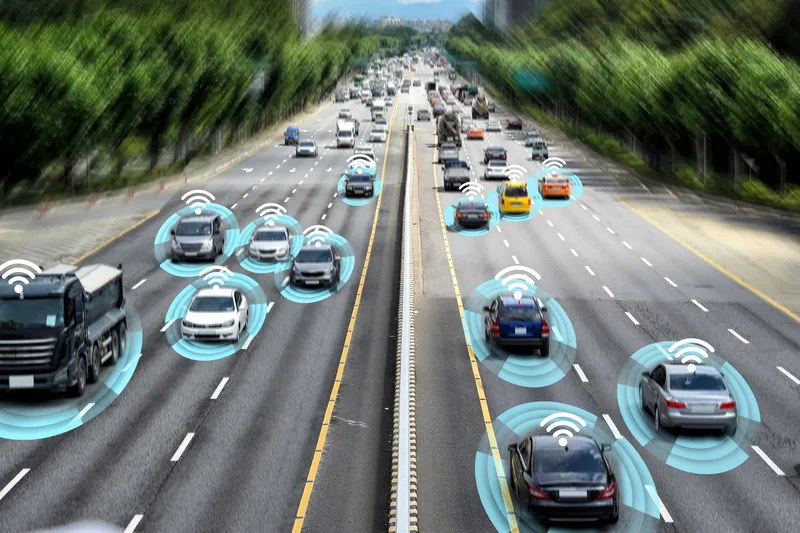
Iteris is to deliver a strategic plan on data for connected and automated vehicles (C/AVs) for Virginia Department of Transportation (VDoT).
The company will help VDoT "gain a high-level understanding" of how to integrate C/AV data from external sources into VDoT’s IT and operations systems.
The idea is to "ensure an efficient transition to future transportation systems management and operations" by understanding C/AV data needs, cybersecurity and privacy risks, technology trends, "and the potential for altering the transportation data paradigm".
Dr. Moe Zarean, general manager, mobility operations services at Iteris, says the firm's involvement in the growing connectedness of multimodal road users "positions us to help communities around the nation prepare for the future, and enhance the value, effectiveness and resilience of their existing transportation infrastructure".
Iteris is working on several C/AV deployments Iteris is working on across the US, including pilot deployments, smart work zones, advanced pedestrian detection and automated commercial vehicle inspections.
Iteris says it led the development and evolution of the US ITS architecture reference for over three decades, initiating the Connected Vehicle Reference Implementation Architecture in 2012 and adds that it continues to support the evolution of the combined ARC-IT for the US Department of Transportation’s Federal Highway Administration.










